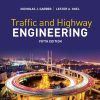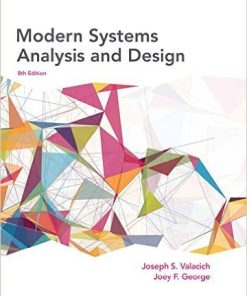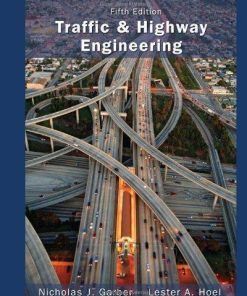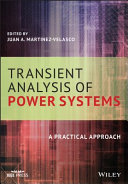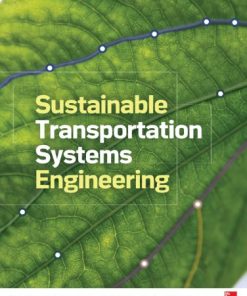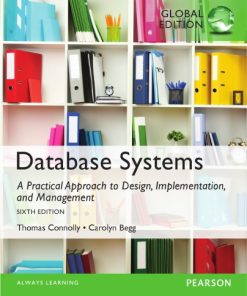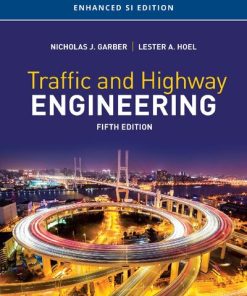Transportation Engineering A Practical Approach to Highway Design Traffic Analysis and Systems Operation 1st edition by Beverly Thompson Kuhn 1260019582 9781260019582
$50.00 Original price was: $50.00.$25.00Current price is: $25.00.
Transportation Engineering: A Practical Approach to Highway Design, Traffic Analysis, and Systems Operation 1st edition by Beverly Thompson Kuhn – Ebook PDF Instant Download/DeliveryISBN: 1260019582, 9781260019582
Full download Transportation Engineering: A Practical Approach to Highway Design, Traffic Analysis, and Systems Operation 1st edition after payment.
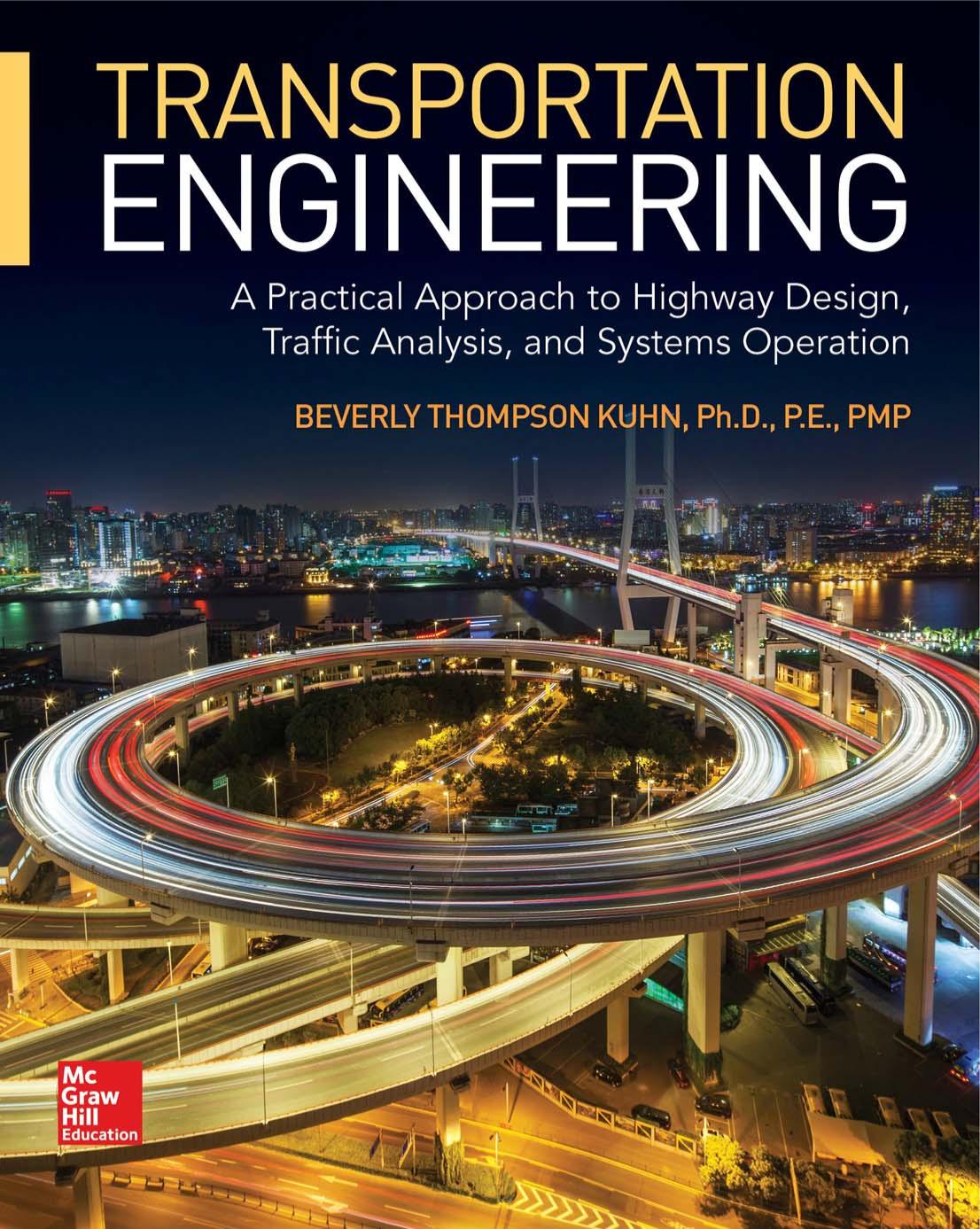
Product details:
ISBN-10 : 1260019582
ISBN-13 : 9781260019582
Author: Beverly Thompson Kuhn
Traffic, highway, and transportation design principles and practical applications This comprehensive textbook clearly explains the many aspects of transportation systems planning, design, operation, and maintenance. Transportation Engineering: A Practical Approach to Highway Design, Traffic Analysis, and Systems Operations explores key topics, including geometric design for roadway alignment; traffic demand, flow, and control; and highway and intersection capacity. Emerging issues such as livable streets, automated vehicles, and smart cities are also discussed. You will get real-world case studies that highlight practical applications as well as valuable diagrams and tables that define transportation engineering terms and acronyms. Coverage includes: •An introduction to transportation engineering •Geometric design •Traffic flow theory •Traffic control •Capacity and level of service •Highway safety •Transportation demand •Transportation systems management and operations •Emerging topics
Transportation Engineering: A Practical Approach to Highway Design, Traffic Analysis, and Systems Operation 1st Table of contents:
1 Introduction
1.1 Introduction
1.2 Transportation Engineering
1.3 The Surface Transportation System
1.4 The Transportation Profession
1.5 Summary
Glossary of Acronyms
Exercises
References
2 Human Factors and Geometric Design
2.1 Introduction
2.2 User Characteristics and Human Factors
2.2.1 Human Factors
2.2.2 Driver Characteristics and Limitations
2.2.3 Decision Making
2.3 Design Considerations
2.3.1 Driver Expectancy, Consistency, and Positive Guidance
2.3.2 Design Policies and Standards
2.3.3 Speed
2.3.4 Sight Distance
2.4 Cross Section
2.5 Horizontal Alignment
2.5.1 Superelevation
2.5.2 Side Friction Factor
2.5.3 Minimum Radius
2.5.4 Sight Distance on Horizontal Curves
2.6 Vertical Alignment
2.6.1 Grades
2.6.2 Crest Vertical Curves
2.6.3 Sag Vertical Curves
2.7 The Project Development and Design Process
2.8 Case Studies
2.8.1 Design for Safety Partnership—California Department of Transportation (Caltrans)
2.8.2 Construction Traffic Management Strategies—Ohio Department of Transportation (ODOT)
2.8.3 Construction Practices—Illinois Department of Transportation (IDOT)
2.9 Summary
Glossary of Acronyms
Exercises
References
3 Traffic Flow Theory and Capacity
3.1 Introduction
3.2 Traffic Operating Conditions
3.2.1 Uninterrupted Flow
3.2.2 Interrupted Flow
3.2.3 Undersaturated Flow
3.2.4 Oversaturated Flow
3.2.5 Queue Discharge Flow
3.3 Traffic Flow Characteristics
3.3.1 Flow
3.3.2 Speed
3.3.3 Density
3.3.4 Occupancy and Related Parameters
3.3.5 Speed-Flow-Density Relationship
3.4 Traffic Analysis Tools
3.5 Roadway Capacity
3.5.1 Capacity
3.5.2 Conditions Impacting Capacity
3.5.3 Level of Service
3.6 Capacity of Uninterrupted Flow Facilities
3.6.1 LOS, Density, Speed, and Flow Rates
3.6.2 Computing LOS and Capacity for a Basic Freeway Segment
3.7 Capacity of Interrupted Flow Facilities
3.7.1 Capacity and LOS of a Signalized Intersection
3.8 Case Studies
3.8.1 SHRP2—Capacity Solutions
3.8.2 Roadway Improvements and Operational Capacity
3.9 Summary
Glossary of Acronyms
Exercises
References
4 Traffic Control
4.1 Introduction
4.2 Traffic Control Devices
4.2.1 Definition, Purpose, and Principles
4.2.2 Design
4.3 Traffic Signals
4.3.1 Traffic Signal Warrants
4.3.2 Traffic Signal Operations
4.3.3 Performance-Based Approach to Signal Operations
4.3.4 Traffic Signal Timing Basics
4.4 Regional Traffic Signal Operations Programs
4.5 Case Studies
4.5.1 Traffic Signal Management Plan—Utah
4.5.2 Regional Traffic Signal Operations Program—Denver, Colorado
4.6 Summary
Glossary of Acronyms
Exercises
References
5 Transportation Safety
5.1 Introduction
5.2 Safety Challenges and Programs
5.2.1 Highway Safety Improvement Program
5.2.2 Intersection Safety
5.2.3 Local and Rural Road Safety
5.2.4 Pedestrian and Bicycle Safety
5.2.5 Roadway Departure Safety
5.2.6 Roadway Safety Data Program
5.2.7 Speed Management
5.3 Vulnerable Populations
5.3.1 Motorcycles
5.3.2 Children
5.3.3 Highway Workers
5.3.4 Distracted Drivers
5.4 Planning for Safety
5.5 Safety Performance Management
5.6 Case Studies
5.7 Summary
Glossary of Acronyms
Exercises
References
6 Transportation Planning and Demand
6.1 Introduction
6.2 Transportation Planning
6.2.1 Key Planning Issues
6.2.2 Land Use and Transportation
6.2.3 Livability
6.2.4 Planning for Operations
6.2.5 Congestion Management Process
6.3 Travel Demand Modeling
6.3.1 Trip Generation
6.3.2 Trip Distribution
6.3.3 Mode Choice
6.3.4 Trip Assignment
6.4 Analysis, Modeling, and Simulation
6.5 Travel Demand Management
6.6 Case Studies
6.7 Summary
Glossary of Acronyms
Exercises
References
7 Transportation Systems Management and Operations
7.1 Introduction
7.2 Types of Congestion
7.2.1 Bottlenecks
7.2.2 Signal Timing
7.2.3 Work Zones
7.2.4 Road Weather
7.3 Planned Special Events
7.3.1 Traffic Incidents
7.4 Planning for Operations
7.5 Organizing for Operations
7.6 Designing for Operations
7.7 Benefits and Costs of Operations
7.8 TSMO in Action
7.8.1 Adaptive Ramp Metering
7.8.2 Dynamic Lane Reversal
7.8.3 Dynamic Lane Use Control/Dynamic Shoulder Use
7.8.4 Queue Warning
7.8.5 Variable Speed Limits
7.9 Managed Lanes
7.10 Real-Time Traveler Information
7.11 Performance Measurement and Performance Monitoring
7.12 Transportation Management Centers
7.13 Case Studies
7.14 Summary
Glossary of Acronyms
Exercises
References
8 Emerging Transportation Topics
8.1 Introduction
8.2 State of the Transportation Infrastructure
8.2.1 Bridges
8.2.2 Roads
8.2.3 Transit
8.3 Livability and Sustainability
8.4 Transportation System Resilience
8.5 Roadway Safety
8.6 Disruptive Technologies and Transportation
8.7 Connected and Automated Vehicles
8.8 Smart Cities
8.9 Highway Automation
8.10 Case Studies
People also search for Transportation Engineering: A Practical Approach to Highway Design, Traffic Analysis, and Systems Operation 1st:
journal of traffic and transportation engineering
journal of transportation engineering
principles of transportation engineering
importance of transportation engineering
journal of transportation engineering part a systems
Tags: Transportation, Engineering, Practical Approach, Highway Design, Traffic Analysis, Systems Operation, Beverly Thompson Kuhn
You may also like…
Uncategorized
Engineering - Chemical Engineering
A Practical Approach to Chemical Engineering for Non-Chemical Engineers 1st Edition Moe Toghraei
Uncategorized
Technique - Transport
Engineering - Energy & Power Resources
Uncategorized
Sustainable Transportation Systems Engineering: Evaluation & Implementation 1st Edition, (Ebook PDF)
Computers - Databases
Engineering - Civil & Structural Engineering
Traffic and Highway Engineering, 5th Edition Garber Nicholas J.



